
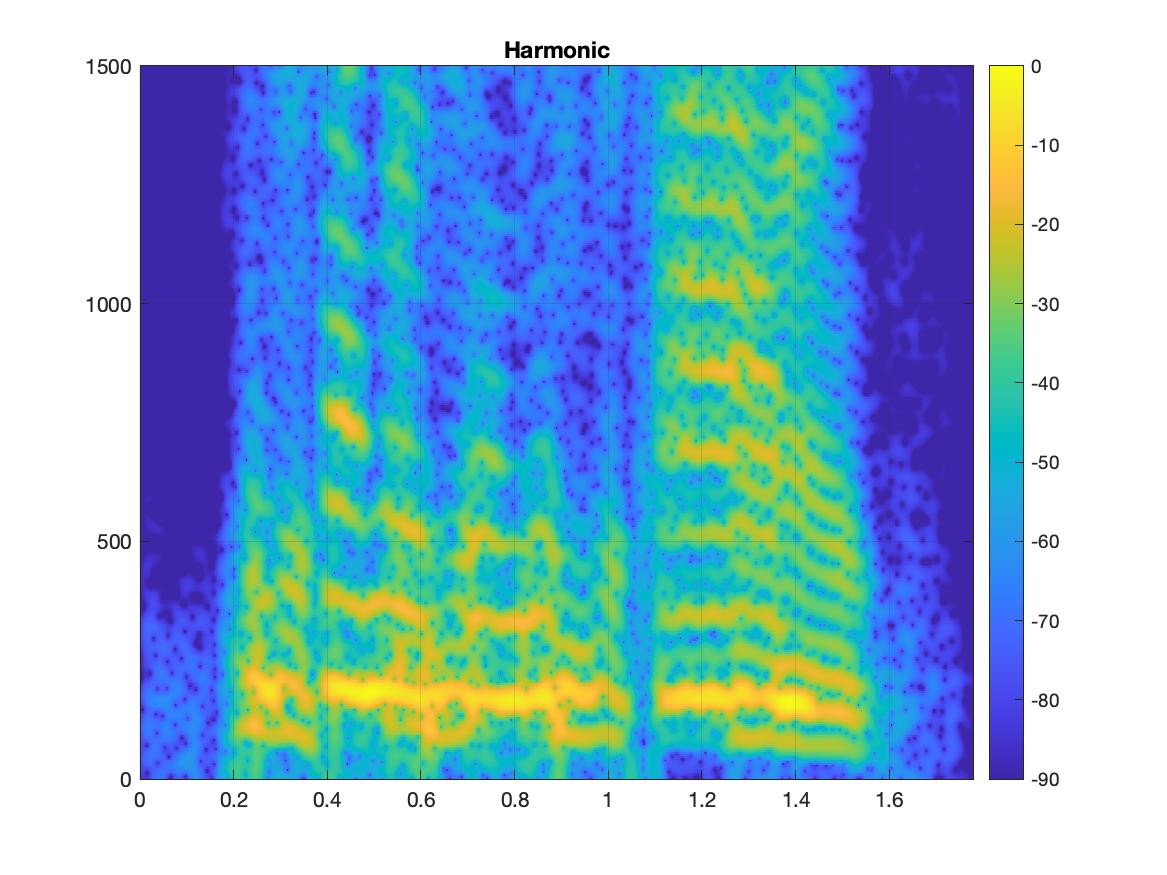
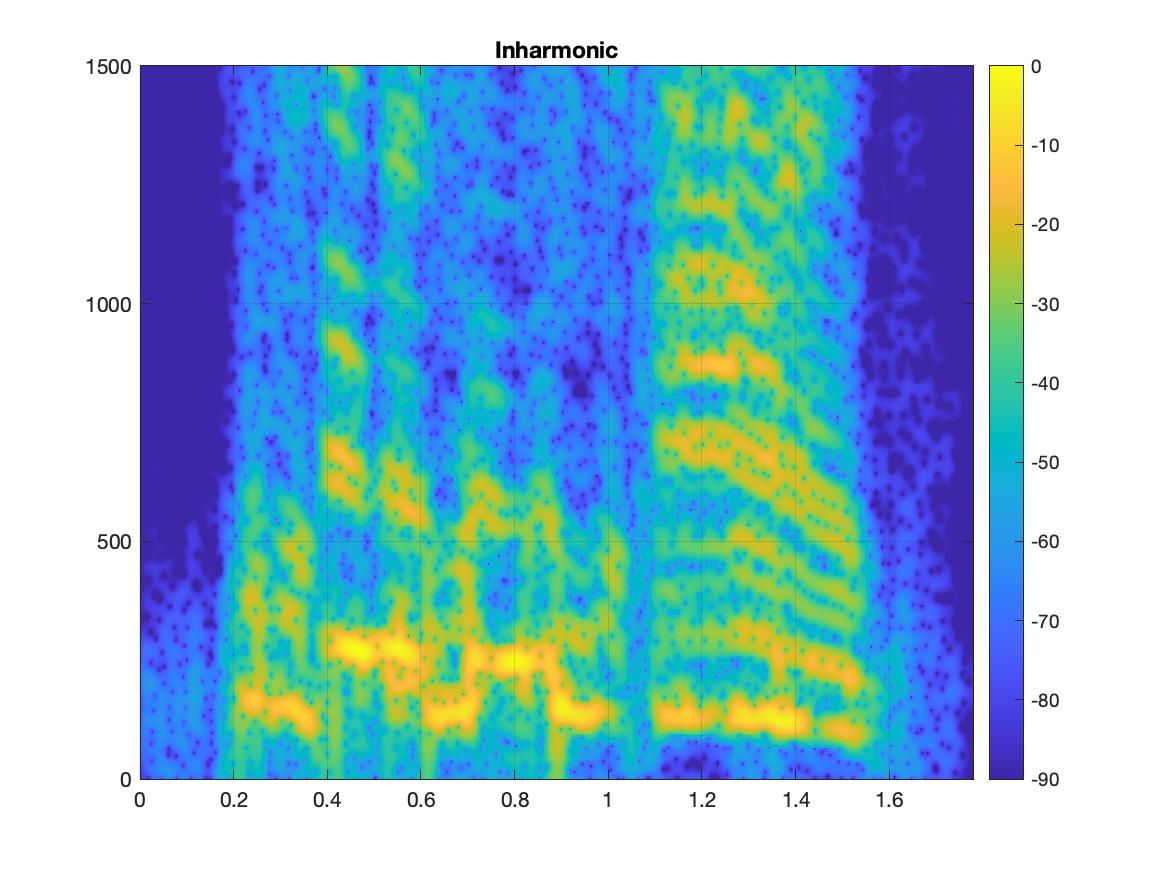
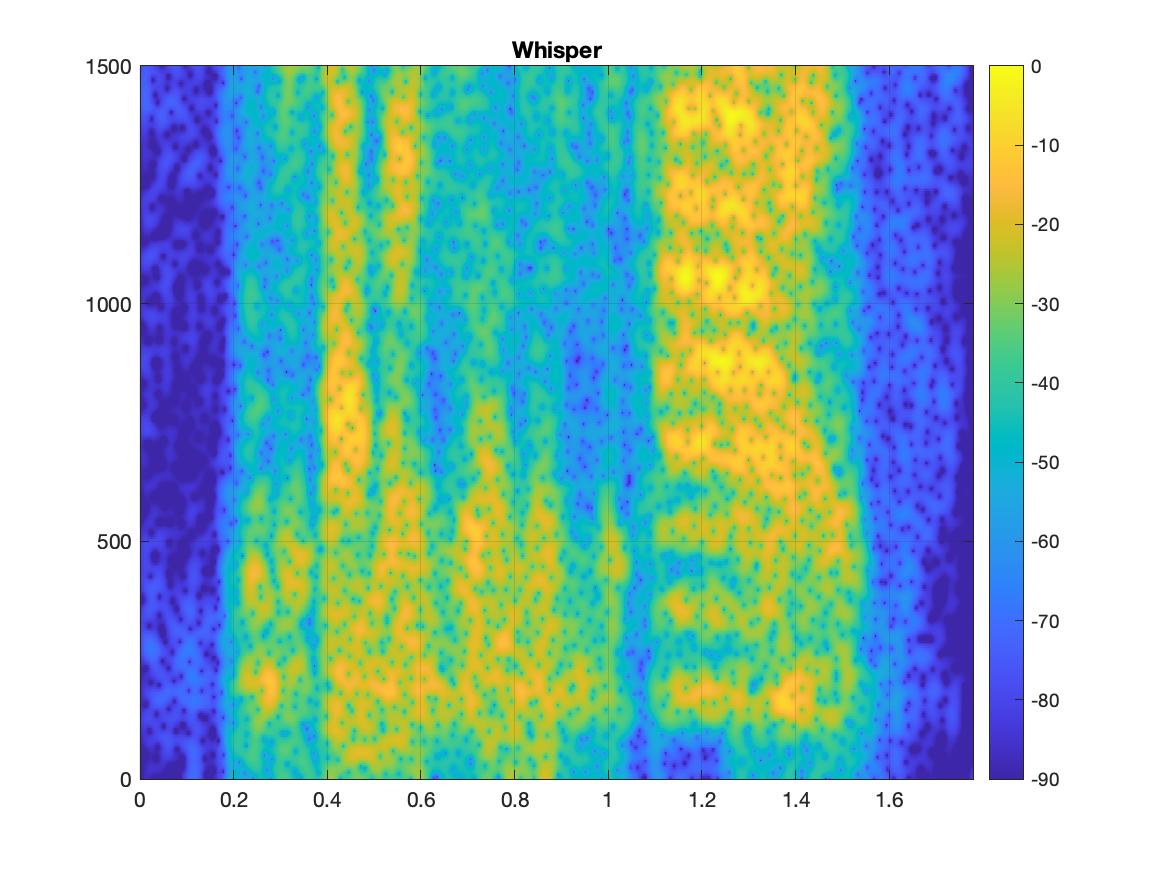

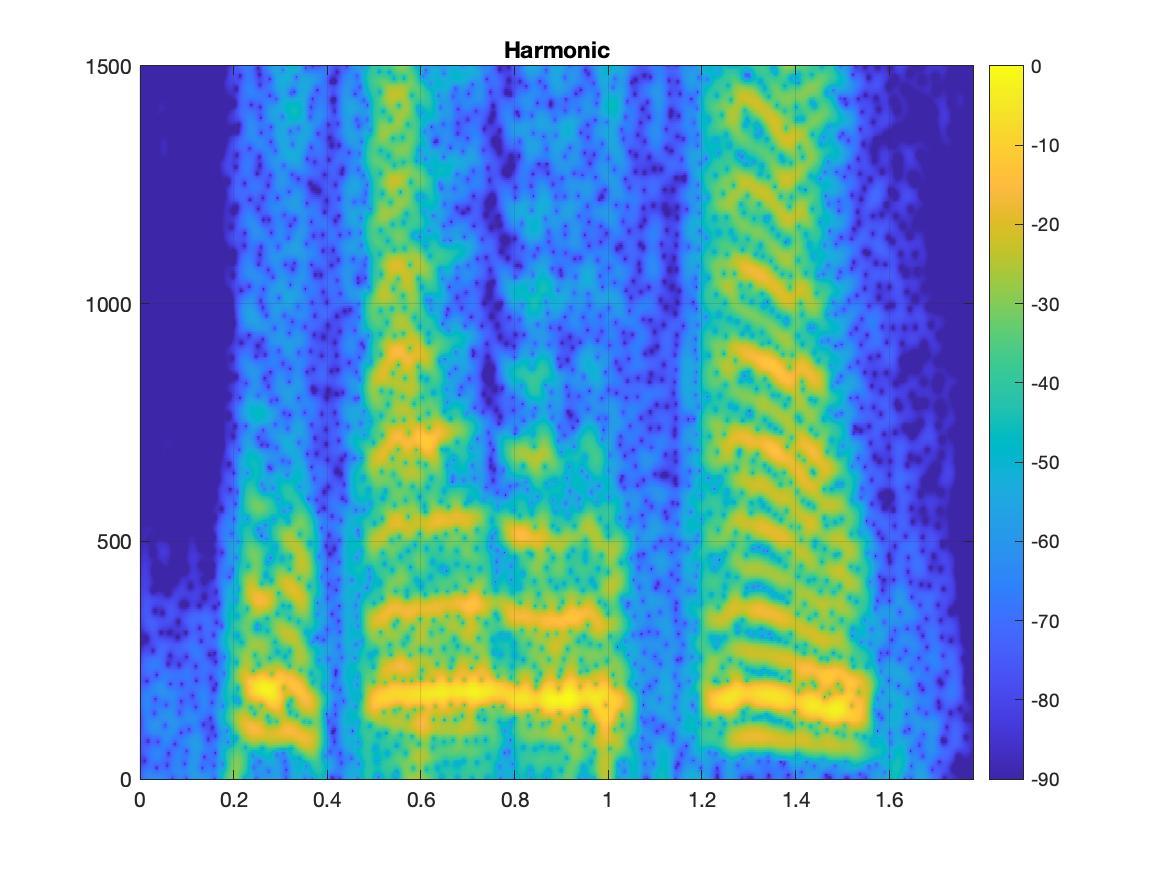
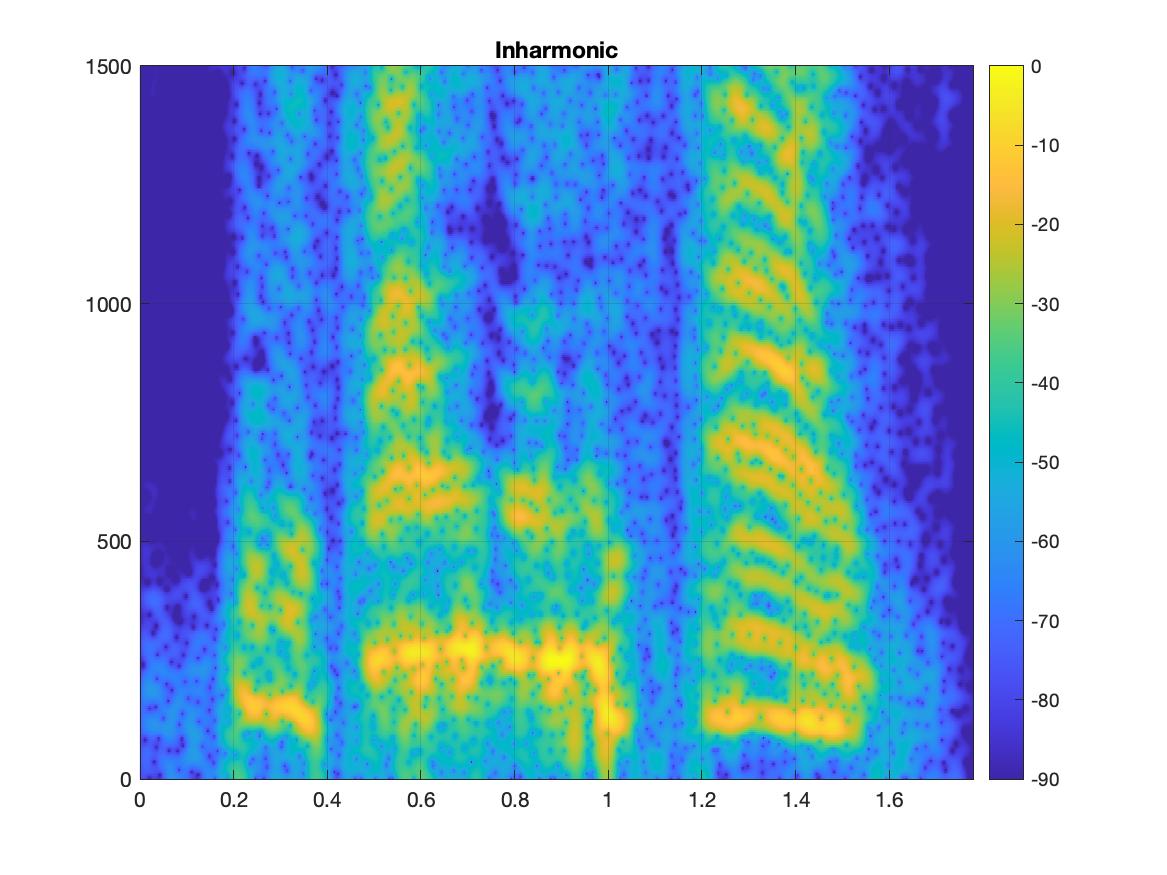
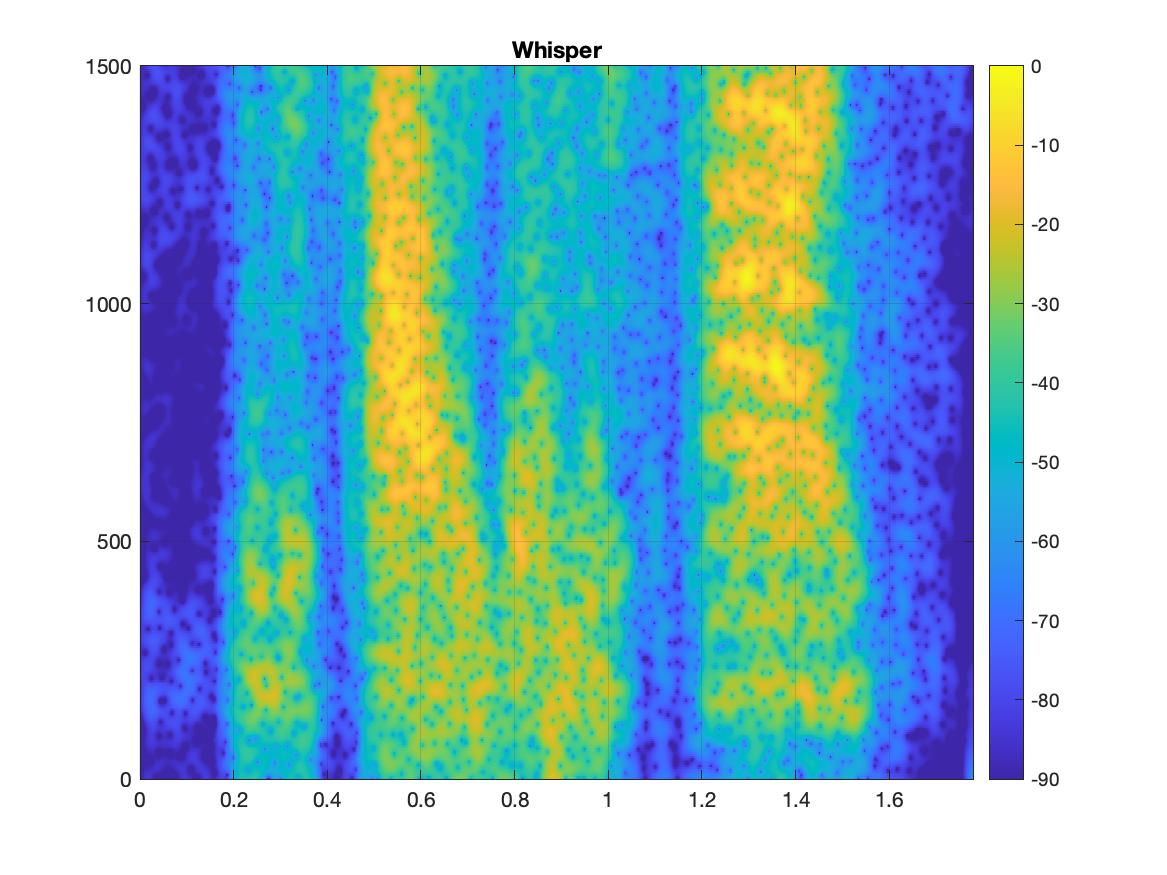
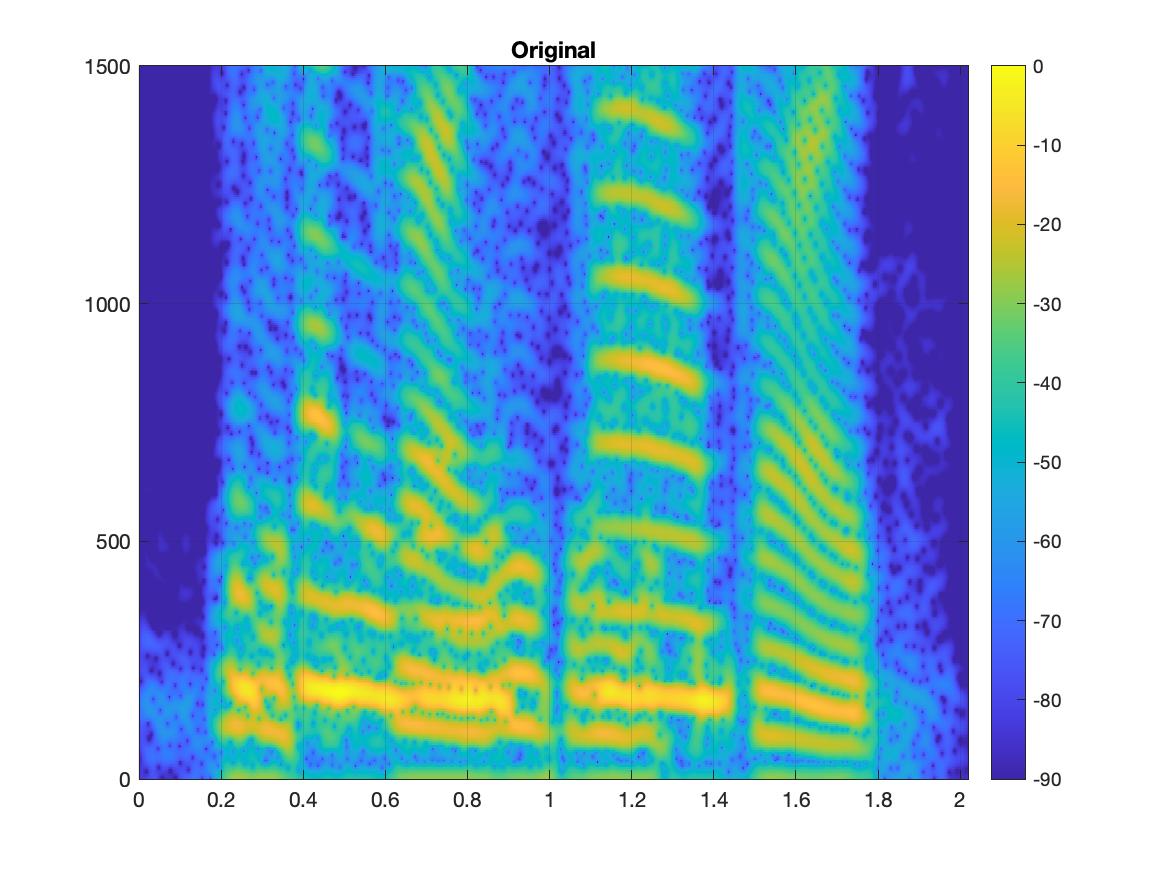
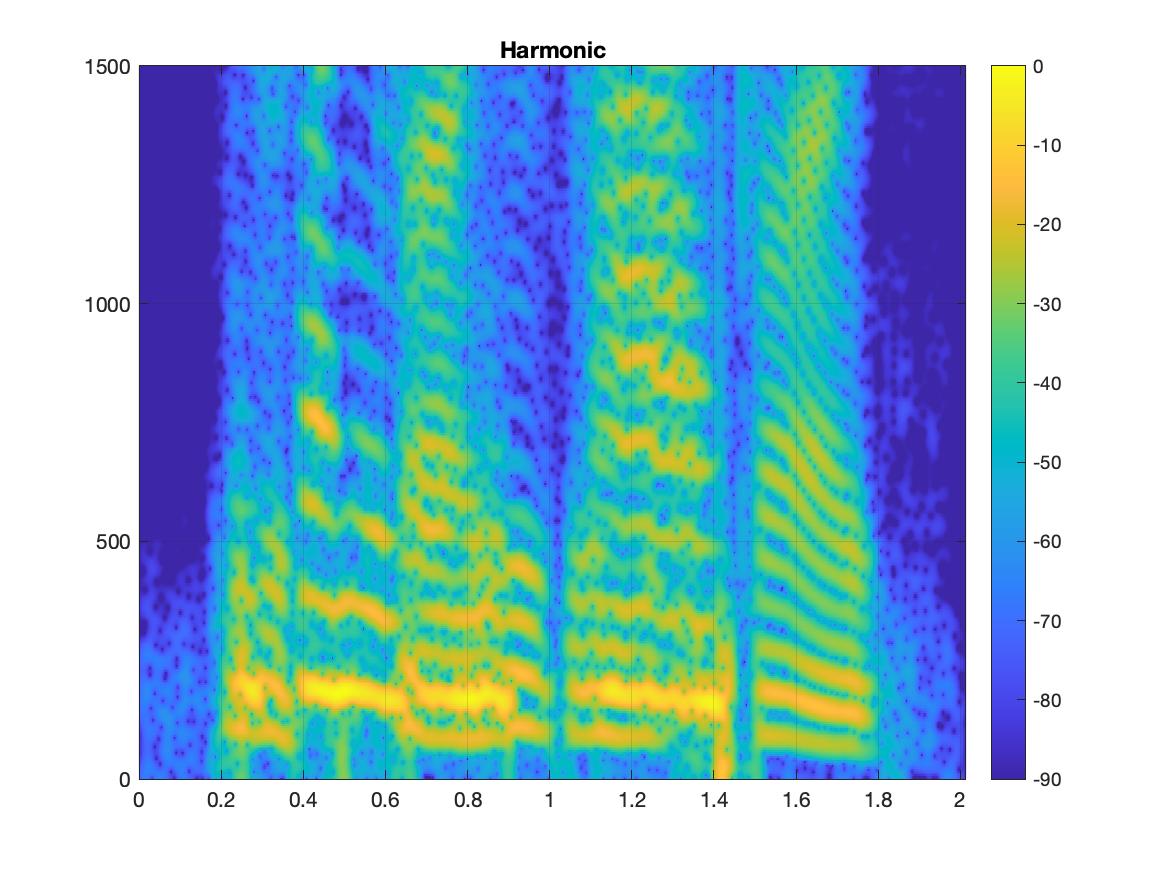
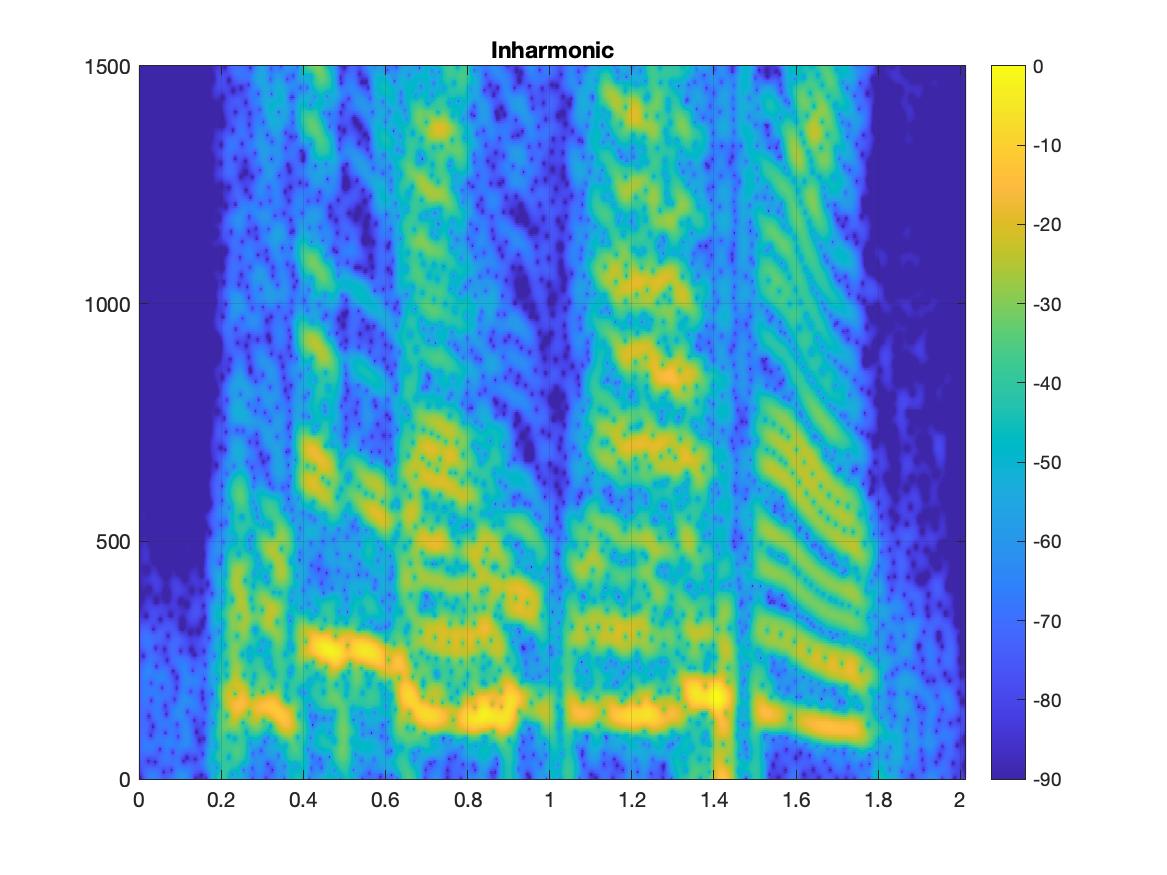
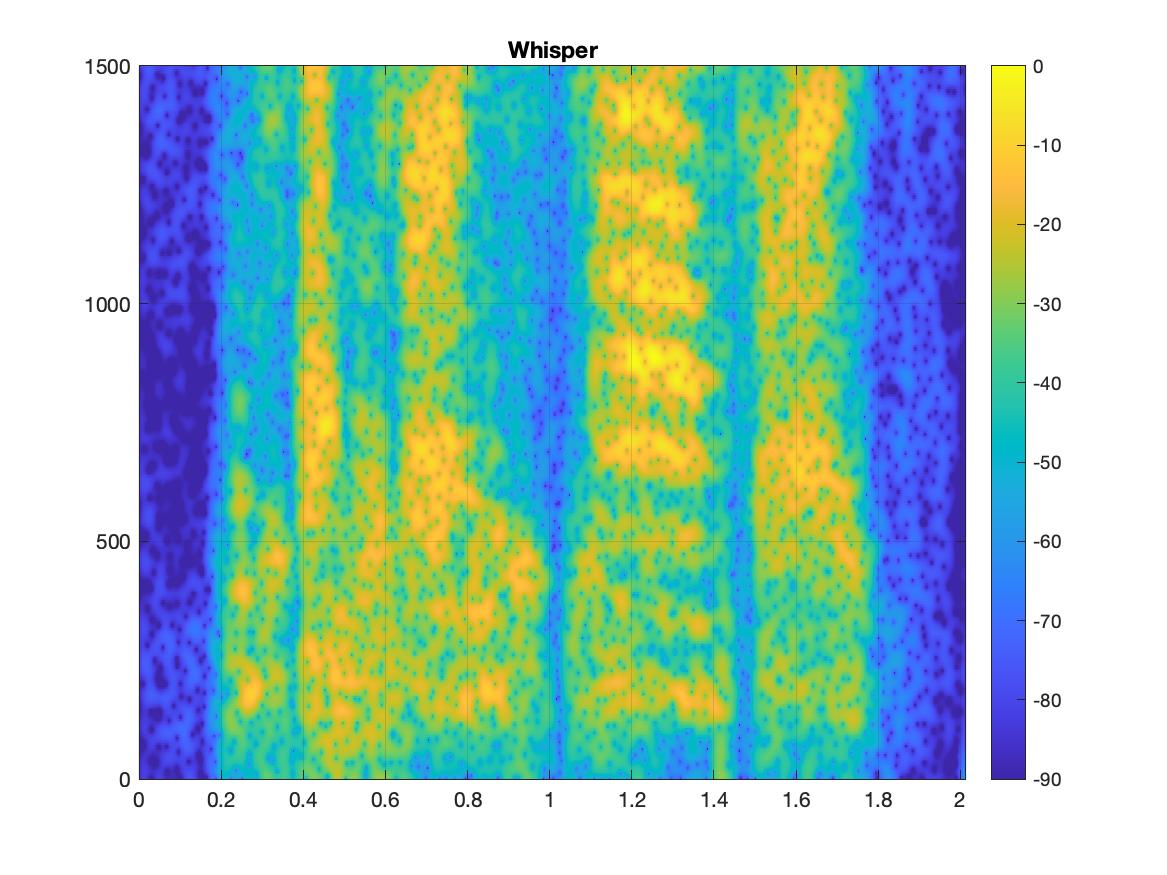
Alterations to harmonicity can impair the intelligibility of concurrent natural speech (Pophman et al., 2018). Their experiments found replacing harmonic excitation with either inharmonic frequency components or simulated whispering causes intelligibility of speech and when asked to attend to a specific speaker, participants would erroneously report words, indicating these changes in harmonicity make it more difficult to follow a target speaker.
This illusion aims to investigate whether the range of fundamental frequency of two different speakers would have an effect on the difficulty of following a target speaker and identifying speech errors and whether these effects remain if harmonic structure is altered.
Illusion SimulationSince the range of fundamental frequency for a male and female speaker are different, I have one female and one male speaker saying one of two different common speech errors (Dell. 1986).
The two sentences are:
In the table below, sounds in which both speakers say the first sentence, and in which either the female or male voice are saying the second sentence are shown. To check whether these effects of attention and fundamental frequency range remain when the harmonic structure is altered, the following variations of harmonicity are shown:
Trials
For this illusion, it would be interesting to observe the effects of attention and fundamental frequency range on speech intelligibility through three different trials.
Trial 1: Listen to the sounds in the original column and note whether the change in harmonicity has an effect on distinguishing the two speakers.
Are the speech-errors more intelligible when the female voice or when the male voice is changed?
Trial 2: Listen to all the sounds but this time try to pay attention to the male speaker and identify which speaker is saying the erroneous sentence.
Trial 3: Repeat Trial 2 but this time, paying attention to the female speaker.
(*) Are the speech errors easier to recognize for one of the three trials?
The next trial is to observe what role does attention and fundamental frequency play among with harmonicity.Trial 4: Repeat Trial 1 - Trial 3 first for the inharmonic reconstruction and then for the whisper.
Did your answer to question (*) change for the inharmonic or whisper version of the sound?
| Original | Harmonic | Inharmonic | Whisper | |
|---|---|---|---|---|
| Both Same |
 |
 |
 |
 |
| Female Change |
 |
 |
 |
 |
| Male Change |
 |
 |
 |
 |
References
Popham, S., Boebinger, D., Ellis, D. P., Kawahara, H., & McDermott, J. H. (2018). Inharmonic speech reveals the role of harmonicity in the cocktail party problem. Nature communications, 9(1), 1-13.
Dell, G. S. (1986). A spreading-activation theory of retrieval in sentence production. Psychological review, 93(3), 283.